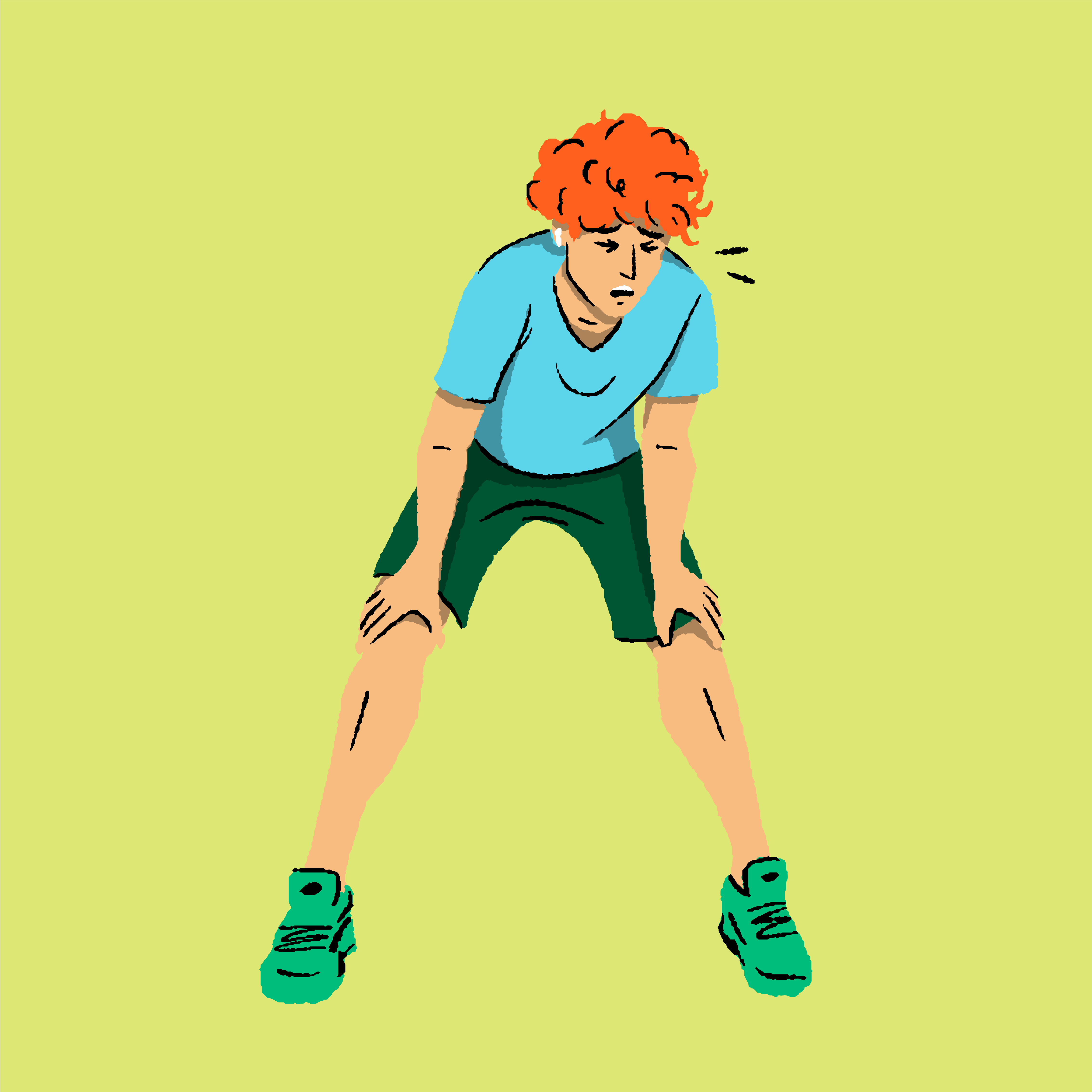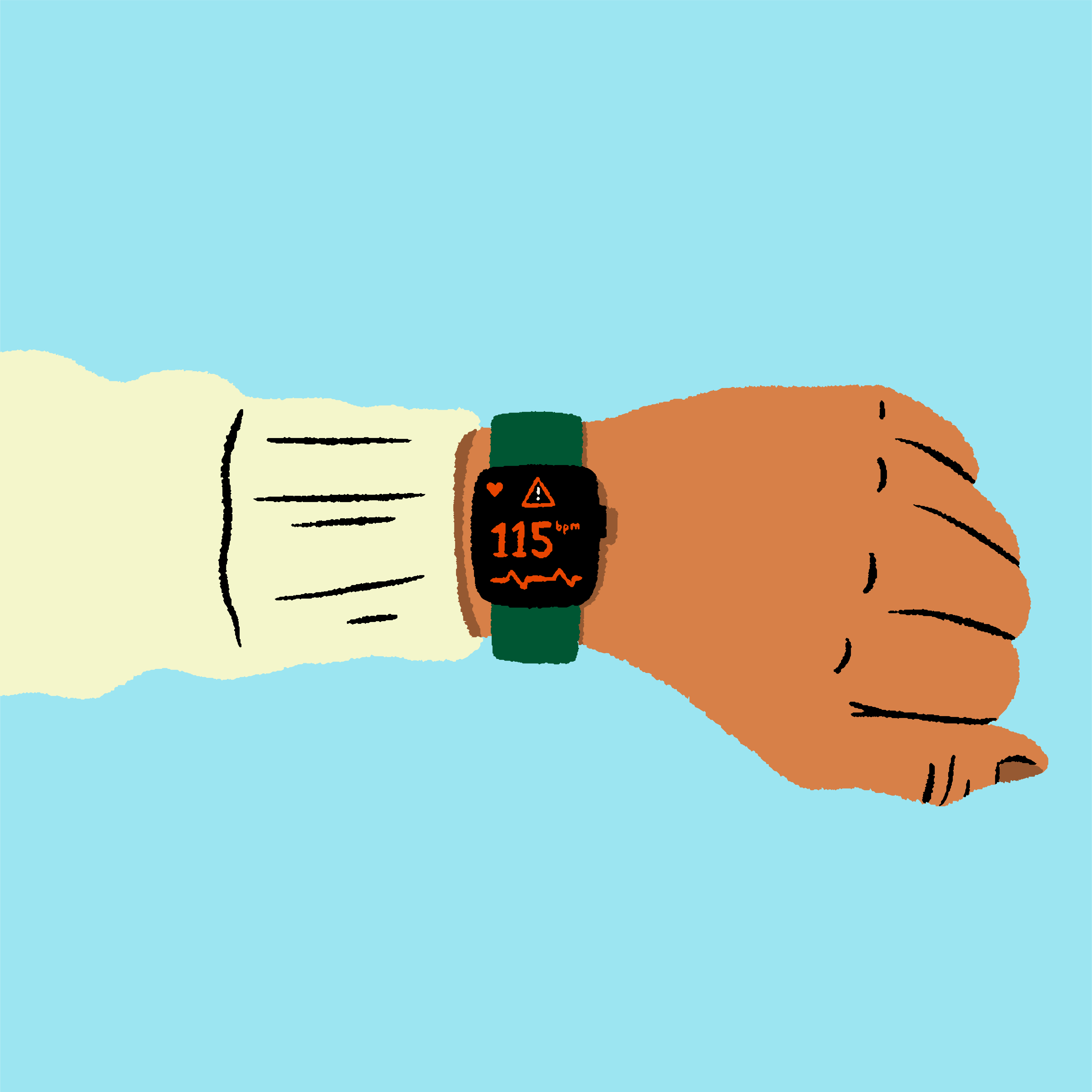
Why Does Pectus Excavatum Occur?
Why Does Pectus Excavatum Occur?
Pectus excavatum occurs when there is too much growth of the connective tissue—called cartilage—that connects the ribs to the breastbone (sternum).1 This causes the sternum to grow inward. This results in a depression over the sternum, which is also called chest excavatum, sunken chest, concave chest or funnel chest. The depression can be quite deep.
Causes
Causes
Experts aren't sure what causes the added growth of cartilage in the chest. Researchers believe, however, that there is a genetic link.2 About half of people with the condition have a biological family member who also has pectus.3
Symptoms
Symptoms
Symptoms of pectus often appear during the teen years, during or just after a growth spurt. This can deepen the sunken area of the chest. This can lead to worsening symptoms, and your surgeon may recommend the Nuss procedure.

Psychological Effects
You may also feel self-conscious about your appearance. Some people can even develop mood problems like depression.5 Repairing pectus does not only improve your physical health; it can also improve how you feel about yourself and your mental health.
You may also feel self-conscious about your appearance. Some people can even develop mood problems like depression.5 Repairing pectus does not only improve your physical health; it can also improve how you feel about yourself and your mental health.
Tests to Find Out if You May Need Pectus Repair
Tests to Find Out if You May Need Pectus Repair
When you meet with a specialist, you might have one or more of the following tests:6
- X-rays
- Electrocardiogram (ECG)
- Echocardiogram
- Pulmonary (lung) function test
You may also have additional tests, which can show better images of soft tissues like the heart and lungs:
- CT scan
- MRI scan
Talking to Your Surgeon About Pectus Repair
Talking to Your Surgeon About Pectus Repair
When you meet with a surgeon, you may want to consider the following questions:
- How long will the surgery take?
- How long will I be in the hospital?
- What will recovery look like?
- What are the options to manage pain; will I be on medication?
- How long before I can get back to work, school, or other activities?
If you're a candidate for repair, Cryo Nerve Block Therapy may be a good option to relieve pain afterwards. Be sure to ask your doctor about this therapy and what it could mean for your recovery.
- MedlinePlus. (2023, August 22). Pectus excavatum. National Library of Medicine. Retrieved September 24, 2024, from https://medlineplus.gov/ency/article/003320.htm
- Cleveland Clinic. (2023, August 11). Pectus Excavatum. Retrieved September 24, 2024, from https://my.clevelandclinic.org/health/diseases/17328-pectus-excavatum
- Janssen, N., Coorens, N.A., Franssen, A.J.P.M. et al. (2024). Pectus excavatum and carinatum: a narrative review of epidemiology, etiopathogenesis, clinical features, and classification. J Thorac Dis, 16(2):1687-701. doi:10.21037/jtd-23-957
- Mayo Clinic. (2022, March 31). Pectus excavatum. Retrieved September 24, 2024, from https://www.mayoclinic.org/diseases-conditions/pectus-excavatum/symptoms-causes/syc-20355483
- Akhtar, M., Razick, D.I., Saeed, A. et al. (2023). Complications and Outcomes of the Nuss Procedure in Adult Patients: A Systematic Review. Cureus, 15(2):e35204. doi: 10.7759/cureus.35204
- MedlinePlus. (2023, January 23). Pectus excavatum repair. National Library of Medicine. Retrieved September 24, 2024, from https://medlineplus.gov/ency/article/002949.htm









